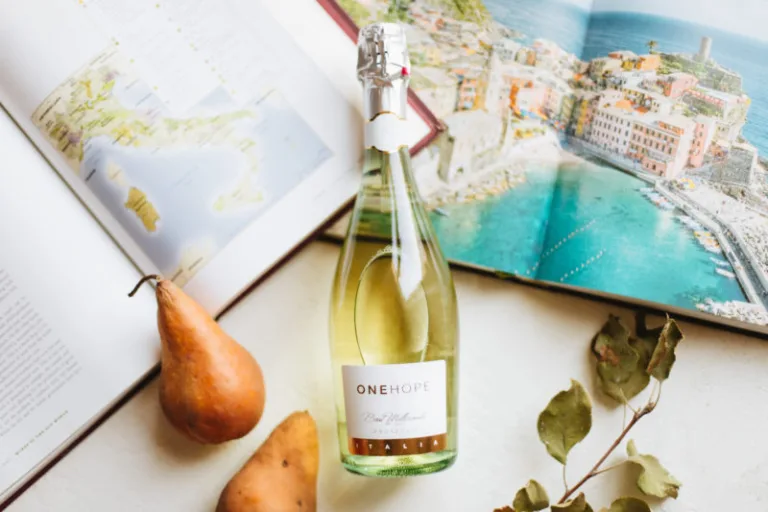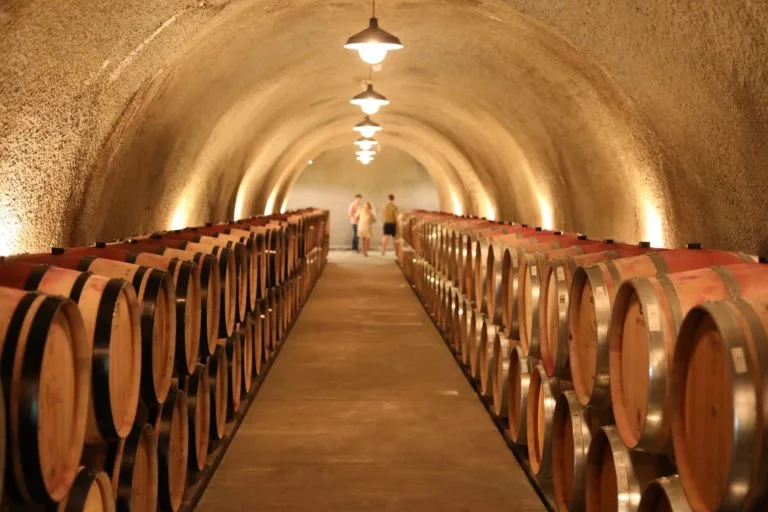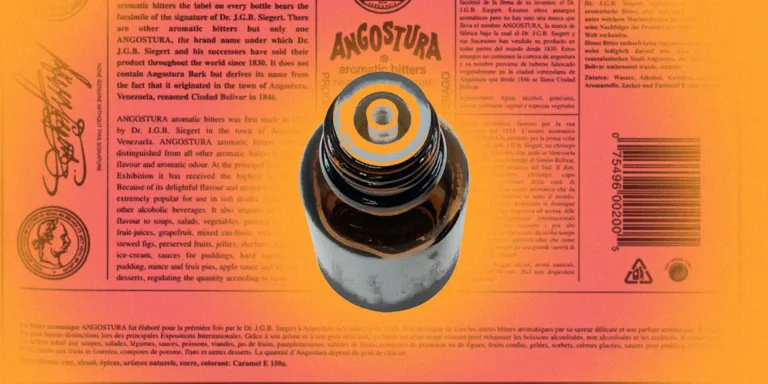It began with a conversation about Instagram. I was talking to a photographer friend during a photoshoot and we fell onto the subject of social media. As so often happens, we were talking on two levels: I was bemoaning the lack of realism, the relentless stream of well-lit, considerately angled dross – no double chins, one leg cocked forwards, shoulders back – and the cumulative boredom it inspires, while she was on the plane of art. I raged at the relentless procession of pictures, shots, reels that all seemed to ape a predecessor: the same shot, just different people, different place.
“Yes,” she nodded. “There are no failures any more.”
It’s a line I think of whenever I end up in natural wine discussions. These days, such hackneyed debates often end with the kind of diffusion often encountered after a testy argument in a pub: it’s fine, they’re just winemakers after all, trying to do their best with what’s available with different approaches that some people like and other people don’t. Which is true, but for one point: natural winemaking is open to failure.
That’s not a blanket statement. Conventional wines can fail too, just as natural winemakers themselves can try to avoid, through cleanliness, diligence, etc. incurring faults in their wines. But it remains the case that if your dogma is not to add the sulphur that could bind some aldehydes or prevent mouse taint; not to fine the overly prominent tannins in a skin-fermented white; not to counterbalance




